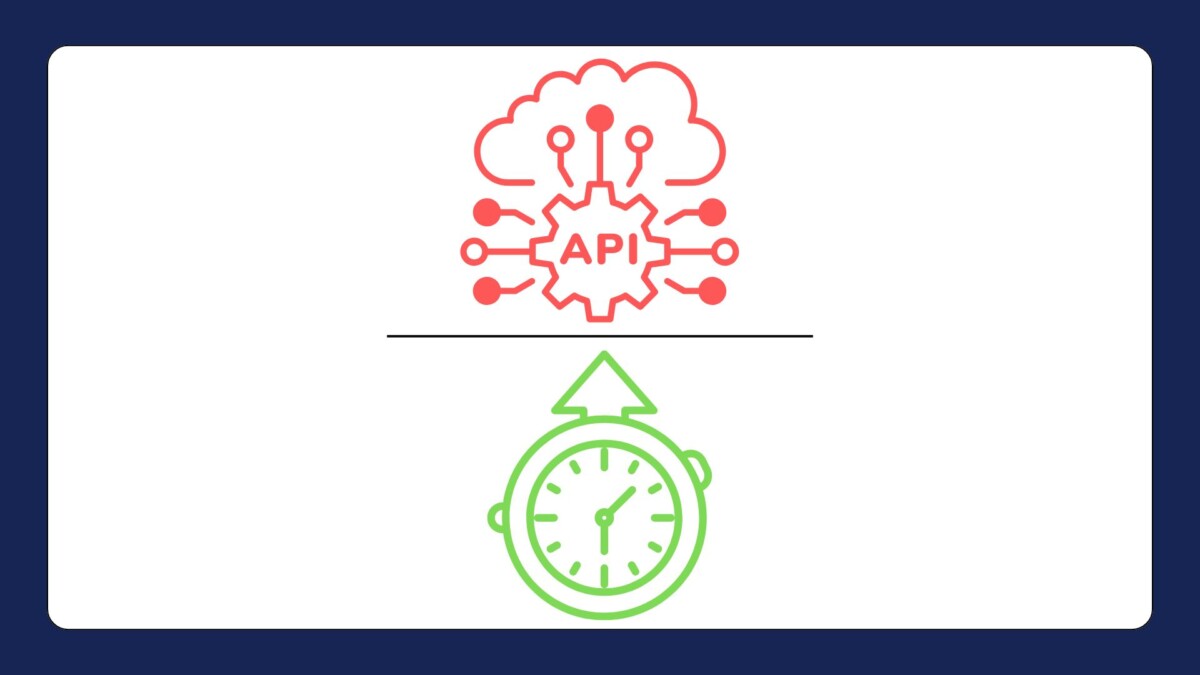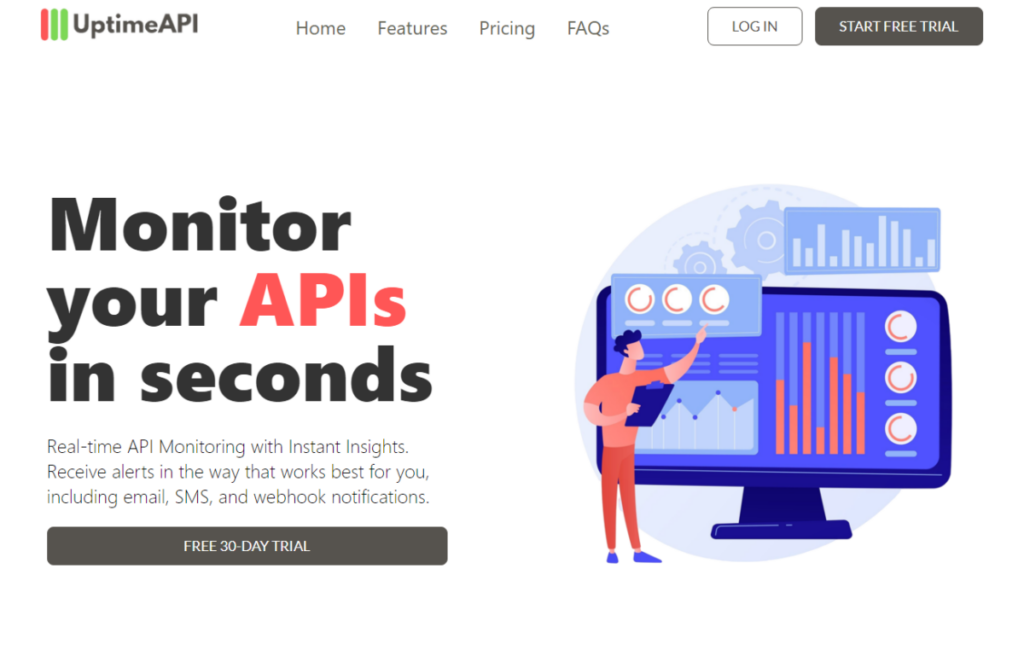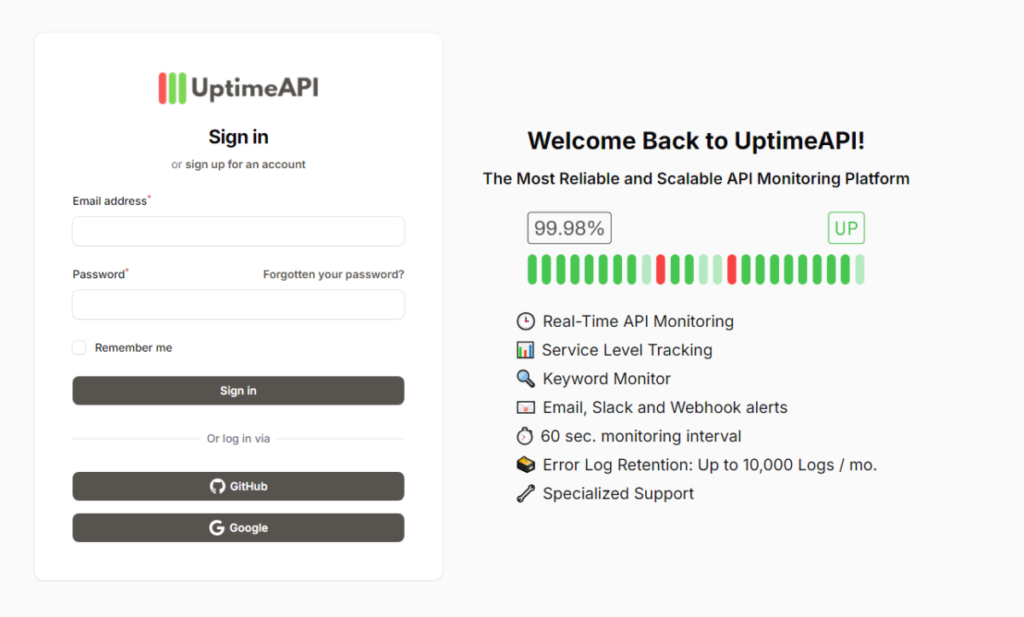Knowing how to use a Monitor API properly is now a basic skill for developers who want to ensure seamless, continuous functionality. With an emphasis on the powerful tools and capabilities offered by Uptime API, a leading API monitoring solution, we’ll examine expert advice in this extensive guide to assist developers in maintaining their APIs.
Uptime API: A Comprehensive Tool for API Monitoring
APIs have become the backbone of modern applications, facilitating communication between different services, platforms, and devices. However, ensuring that APIs function correctly at all times is a significant challenge. This is where Uptime API comes in—a dedicated tool designed to provide continuous API monitoring, performance tracking, and real-time alerting to ensure that your APIs remain highly available, fast, and reliable.
This Monitor API is a specialized service that helps developers monitor the health, uptime, and performance of their APIs. It offers a comprehensive suite of monitoring tools that track key performance indicators (KPIs) like uptime, response times, latency, error rates, and more. By using this API, developers gain insight into how their APIs are performing and can identify and resolve issues before they impact end users.
Unlike many generalized performance tools, the API focuses specifically on APIs, making it the ideal solution for developers who rely heavily on them. It provides round-the-clock monitoring, automated tests, and customizable alerting, ensuring that API issues are detected and resolved quickly, minimizing downtime and optimizing the user experience.
The Uptime API’s real-time uptime monitoring capability is one of its best features. One important indicator of whether an API is operating normally or experiencing outages is uptime. Uptime API constantly verifies availability and reports any interruptions, regardless of whether it’s an internal or external API service. By using this functionality, you may establish service level agreements (SLAs) for uptime, making sure that your APIs satisfy your applications’ availability needs. The API will promptly notify your team if its uptime falls below a predetermined threshold, enabling you to take remedial action before the problem gets worse.
Monitor API for Different Application Types
For mobile app developers, monitoring APIs is critical for delivering a seamless user experience. Mobile applications often rely on APIs to fetch data, send notifications, or sync with cloud services, and any disruptions can lead to poor performance or crashes. Uptime API allows developers to track API performance across different mobile platforms, ensuring that the API responds efficiently on both iOS and Android devices. By monitoring the latency, response times, and uptime of APIs used in mobile apps, developers can ensure a smooth and responsive user experience.
Cloud-based applications are another area where monitoring APIs is vital. Cloud services rely heavily on APIs to integrate with various platforms, databases, and services, and any API disruption can cause significant issues. Uptime API provides specialized monitoring for cloud-based applications, ensuring that all API connections to the cloud are functioning properly. By tracking the performance of cloud APIs, developers can prevent issues such as data loss, slow load times, or failed integrations, all of which could disrupt the functionality of cloud-based applications.
Related Post: API Performance Monitoring Tool: Maximizing Efficiency And Uptime



